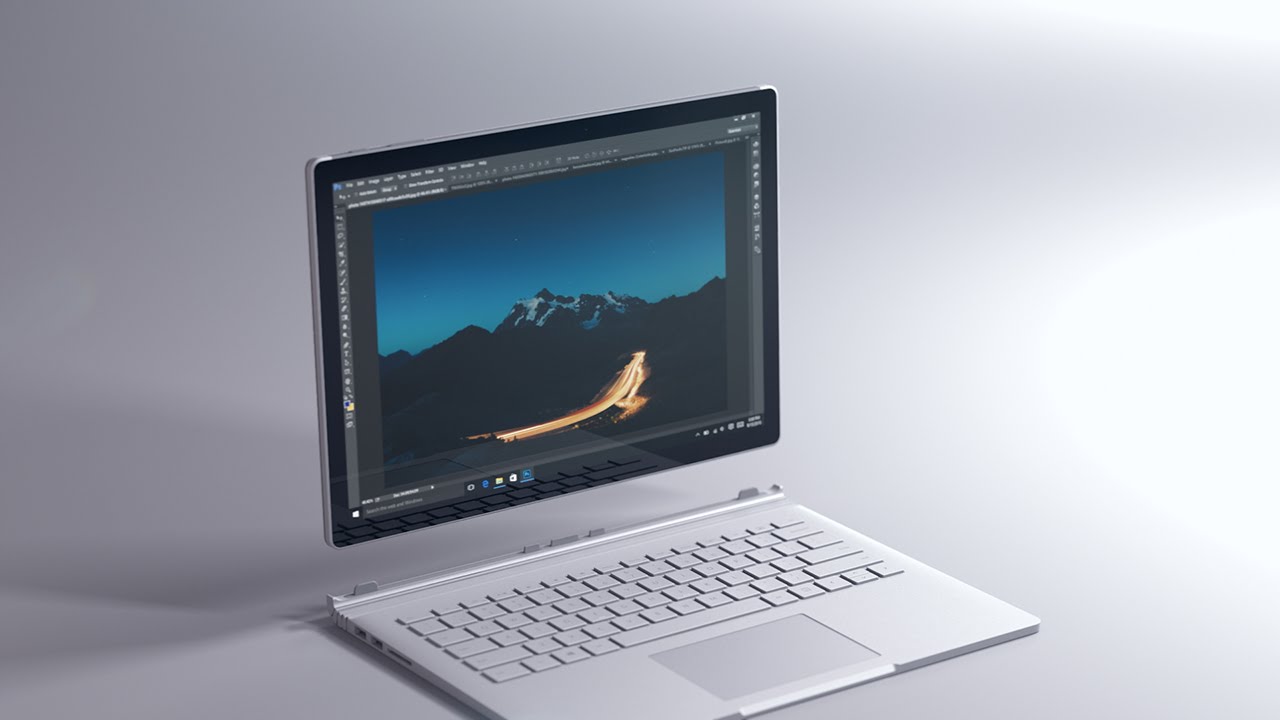Microsoft Surface Book’s Radius Hinge patent released last week by USPTO
The U.S. Patent and Trademark Office has recently published the original patent for the Radius Hinge mechanism featured in Microsoft’s Surface Book.
The device was announced in October 2015, at the Microsoft Windows 10 Hardware event, as the company’s first ever 2-in-1 hybrid laptop device, and introduced as a competitor of the Apple MacBook Pro.

While the design of the Radius Hinge is now almost iconic to the Surface Book, the patent suggests that such mechanism could be integrated in other devices as well, such as tablets and smartphones, and even in wristband form, when integrated in the design of wearable devices. This also means that the Radius Hinge could be implemented in different devices, using different materials, such as plastic, die cast, or sheet metal.
This does not exclude the potential for such mechanism to be integrated into the fabled Surface Phone, as Microsoft is showing signs of overhaul of its smartphones division, as many believe that Microsoft will eventually do away with the Lumia brand altogether, in favor of a Surface line of handsets, which would be more compatible with Microsoft’s long term goal of creating a solid and comprehensive ecosystem, that won’t be plagued by brand duality.
The Radius Hinge is a component in the mechanism of release of the display portion of the Surface Book, although the Muscle Wire mechanism is described in a separate patent application. The release mechanism within the Muscle Wire design has received praised for being extremely responsive and easy to operate, as well as something that is completely unique, in modern hybrid laptops.
If Apple’s history has taught something to the tech world, is that, on a general basis, there is no guarantee that a patent application with be used in every possible ways suggested by the document itself. With that said, it’s very possible that the Radius Hinge may find its way to future devices, considering that Microsoft’s priority is to amplify Windows 10 as a platform, across as many consumer devices as possible.